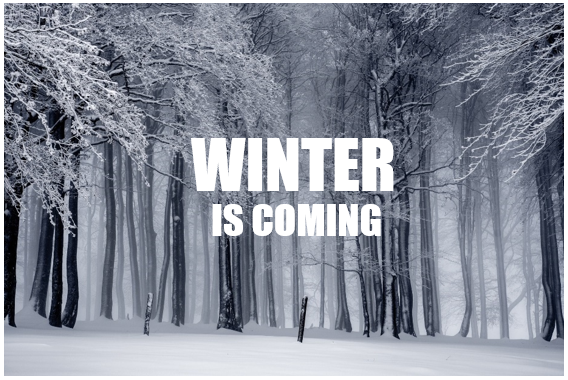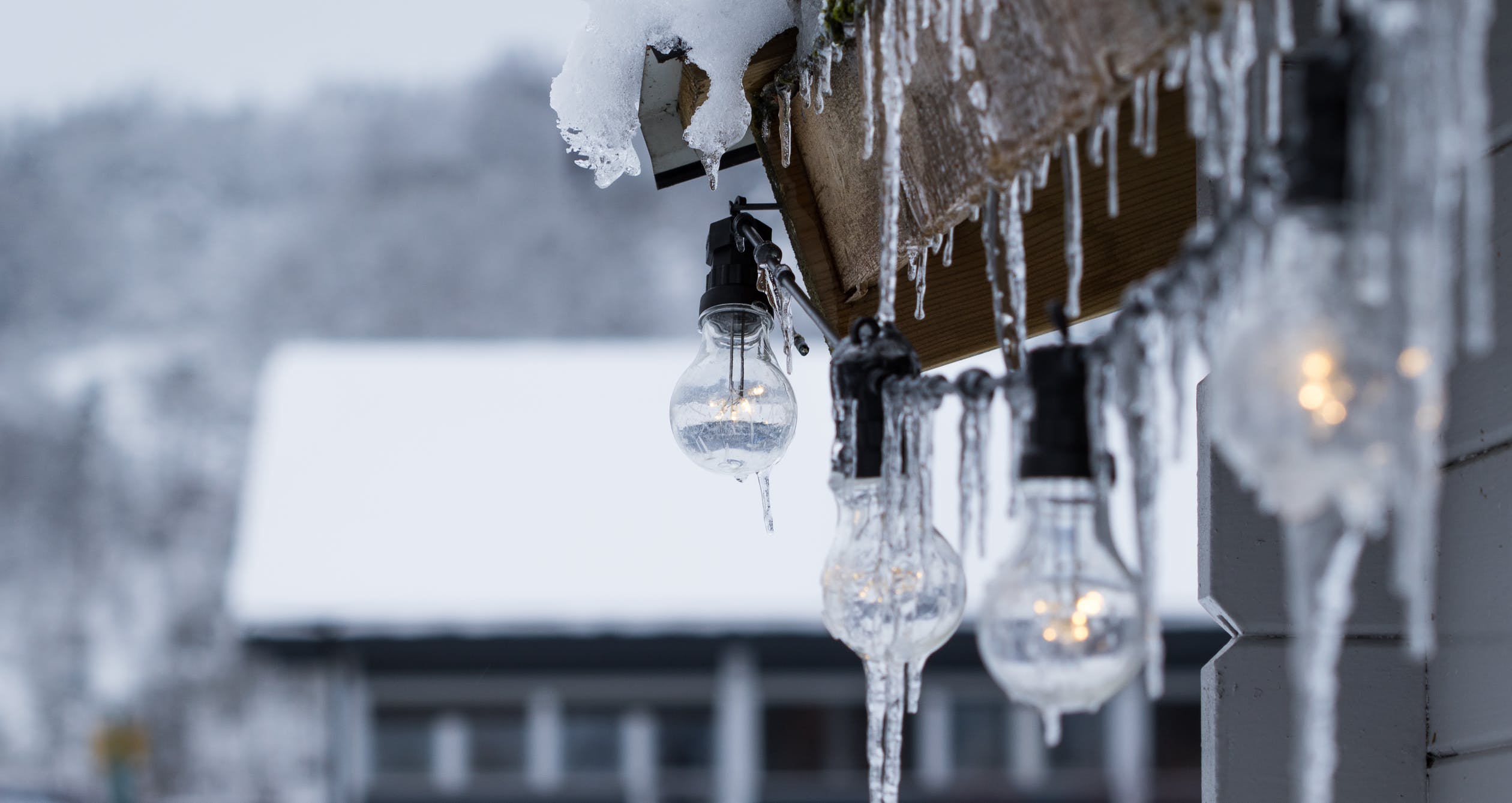
As the motto of House Stark from “Game of Thrones” might suggest, Winter is Coming. As the calendar turns from Halloween to Thanksgiving, and then to Christmas, the weather becomes colder and invariably the question may be asked “Why didn’t I check my heating systems sooner”? This coming week in Georgia will bring the coldest temperatures of this season with lows in the 20’s, so this seemed an appropriate time to dust off a blog post from a couple of years ago to ensure a problem-free and comfortable transition into the heating season – and hopefully avoid some headaches and second guessing along the way.
Following are a few ways to get your HVAC systems ready for the heating season and ensure your equipment operates at peak energy efficiency and performance.
Prioritize HVAC Preventative Maintenance

- Ensure preventative maintenance is scheduled and maintained, either by an HVAC technician or in-house personnel – don’t wait until it’s too late!
- Clean leaves (especially after trees lose their leaves this fall) and other debris from cabinets and coils
- Change air filters on a regular basis as needed
- Check for gas leaks; inspect burner assembly and safety controls and
- clean/adjust as needed
- Inspect heat exchanger or electric heating elements
- Check fan motors and adjust belt tension if needed
- Ensure proper ventilation air is provided and consider ASHRAE guidelines for ventilation and filtration
- As your facility transitions into the heating season, make sure that any cooling equipment that is not needed, including chiller plants and cooling towers, is properly shut down
- Perform system tune-up, maintenance, and safety checks on boilers and heating systems per manufacturer recommendations
Check Indoor Gas-Fired Furnaces

- Check for proper combustion and appropriate carbon monoxide levels and ensure no gas leaks
- Inspect flue system (exhaust); make sure attached properly to the furnace and identify dislocated sections; inspect for corrosion; make sure vents are not blocked
- Schedule maintenance by a HVAC technician
- Inspect/clean/adjust burner assembly
- Check for correct gas pressure
- Inspect/adjust ignition system and safety controls
- Inspect heat exchanger for proper operation
- Make sure to change air filters
Troubleshooting and Replacing Equipment

- If a system does not produce as much warm air as normal, it could be an indication of poor heat transfer or airflow
- A service company should be contacted to address significant deficiencies
- If replacing a heating or cooling system, consider high-efficiency ENERGY STAR® rated equipment
- Contact local utility for applicable rebates
- Evaluate the feasibility of gas heating or electric heat pumps in lieu of electric resistance heating
Saving Energy and Reducing Costs

- Proper room temperature set points and setbacks (lower heating temperatures when spaces are unoccupied) are the best way to save
- Install programmable or Wi-Fi thermostats if not already in place
- Space temperature set points should be lower for heating season than cooling season
- Check for proper insulation and R-value (the higher the R-value, the better the insulation) and add as needed
- Inspect hot water and steam pipes for insulation and add as needed
Planning in advance and scheduling preventative maintenance is critically important, but often gets neglected. Taking a proactive approach to maintaining your heating systems can help avoid operational problems, save energy, and keep your occupants safe and comfortable this winter season. Just like the characters in GOT constantly think about the arrival of winter, you can also realize that the weather is turning colder and start preparing sooner rather than later.
